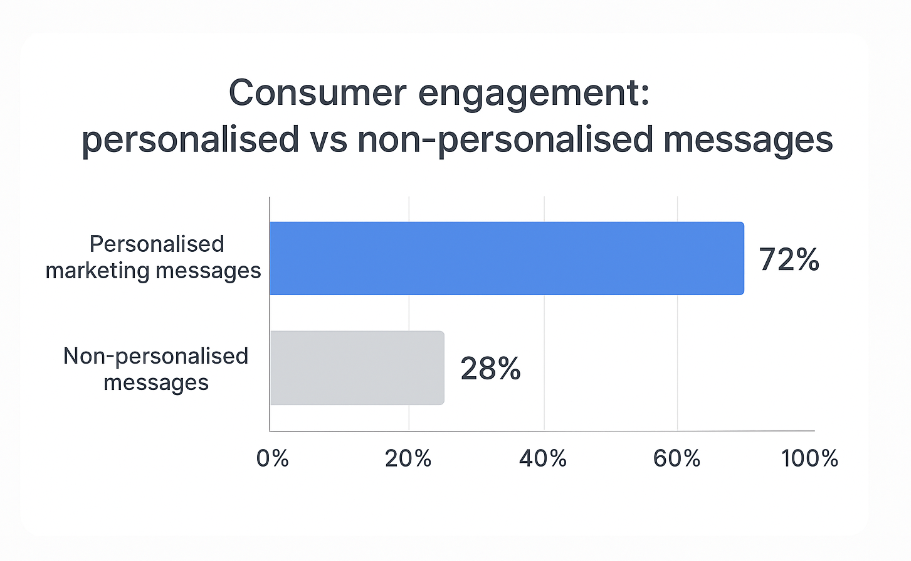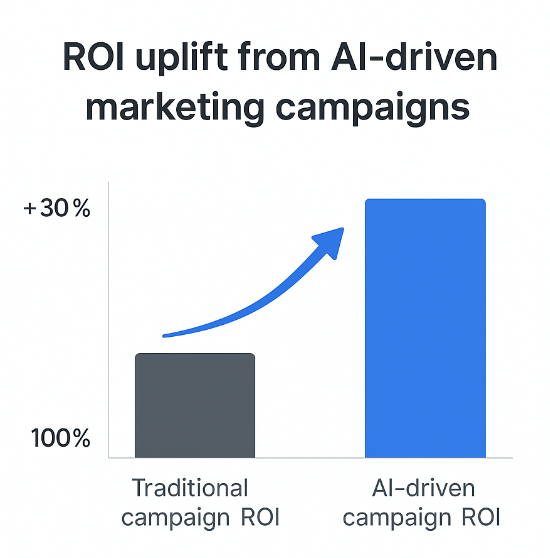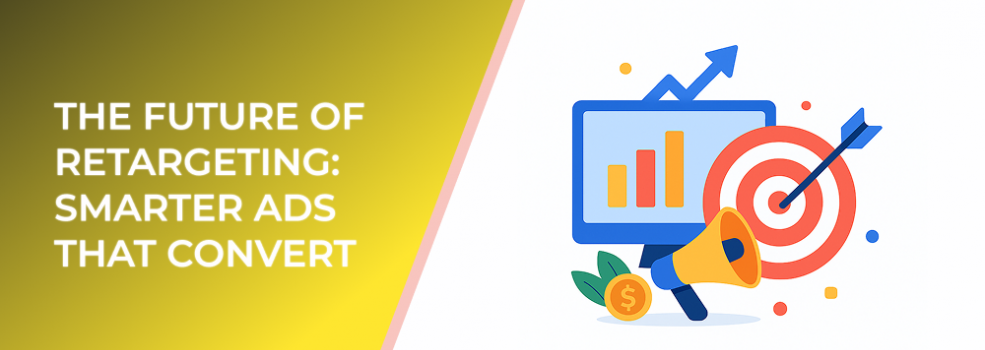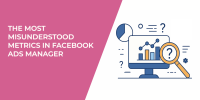In this article, we’ll explore how AI-driven personalization, audience segmentation, and privacy-focused technologies are redefining how brands reconnect with their customers.
The Evolution of Retargeting
Retargeting has long been one of the most effective tools in digital advertising. By showing ads to users who’ve previously interacted with your brand, marketers could dramatically increase conversions. But traditional retargeting methods often felt intrusive, repetitive, and poorly timed.
Today, that’s changing. The new era of retargeting focuses on precision, personalization, and privacy. Tools like LeadEnforce are making it easier than ever to build high-performing, compliant, and data-driven retargeting campaigns.
Smarter Data, Smarter Ads
In the past, retargeting relied heavily on cookies. But with browsers phasing them out and regulations like GDPR tightening data use, marketers must adopt new, smarter data strategies. LeadEnforce leverages advanced audience modeling and social media insights to identify and engage with users who are most likely to convert—without relying on invasive tracking.
According to recent research:

Consumer engagement with personalised vs non-personalised marketing messages
-
72% of consumers say they only engage with marketing messages that are personalized and relevant.
-
Companies using AI-driven targeting have seen up to a 30% higher ROI in digital campaigns.
-
43% of marketers plan to increase their investment in privacy-safe retargeting by 2026.
The takeaway? The future of retargeting isn’t about chasing users across the web—it’s about understanding them deeply and delivering value through meaningful connections.
AI and Predictive Retargeting
Artificial Intelligence is enabling predictive retargeting—a smarter way to reconnect with users based on behavior patterns and engagement signals. Instead of waiting for a user to abandon their cart, AI can anticipate when someone is likely to convert and serve ads proactively.

ROI uplift from AI-driven marketing campaigns compared to traditional methods
LeadEnforce’s algorithms use audience behavior analysis and engagement scoring to predict which segments are ready to buy. This ensures that your ad spend goes toward the people most likely to act.
Privacy-First Retargeting
User privacy is no longer optional—it’s essential. The next generation of retargeting technologies respects user consent while still enabling precise targeting. Platforms like LeadEnforce combine first-party data and anonymized insights from major networks, allowing marketers to stay compliant while maintaining campaign effectiveness.
By adopting a privacy-first approach, businesses not only protect their reputation but also build trust—which directly translates to better long-term customer relationships.
The Future Is Integrated and Insight-Driven
The most effective retargeting strategies of the future will blend data intelligence, automation, and multi-platform integration. LeadEnforce’s ecosystem enables seamless retargeting across social networks, allowing marketers to unify their campaigns and monitor performance in one place.
This holistic approach ensures that every touchpoint counts—and every impression has a purpose.
Conclusion
The future of retargeting belongs to brands that embrace smarter, data-driven, and privacy-compliant strategies. As the digital landscape continues to evolve, marketers must prioritize meaningful engagement over mass exposure.
With LeadEnforce, retargeting becomes more than just a tactic—it becomes a powerful tool for sustained growth, better ROI, and stronger customer connections.
Explore More from LeadEnforce:

